VDI vs DaaS: The flavors of desktop virtualization
We take a closer look at two popular desktop hosting options

Business desktops have come a long way over the decades. Once clunky boxes that took up three-quarters of your desk, these business necessities are now a fraction of their former bulky selves, especially when dealing with small-form-factor computers.
However, despite their advancements, desktop computers are last-generation technology, especially with the raging COVID-19 pandemic forcing most people home to work remotely.
IBM Lotus partners to enter VDI market Nexenta simplifies VMware VDI deployment VMware promises enterprise low-cost route to VDI Insurance firm drives IT efficiencies with VDI
About 50% of workers in the US are now working from their home offices, coffee shops, libraries, and other places, as the COVID-19 outbreak has pushed them out of their traditional offices and into the wild, a figure that's expected to increase to 70% by 2025. In the technology and IT space, remote hiring has been a relative norm for some time, and now the sales and marketing industries are joining the march out of the cubical.
This makes one thing very clear: Remote working is the way of the future.
More and more employees are busting free from their cubicles, placing pressure on IT professionals to enable anywhere, anytime working. The right tool for the job is desktop virtualization via virtual desktop infrastructure (VDI) and desktop as a service (DaaS).
What are VDI and DaaS, and which is right for your business? We'll help you figure that out below.
Virtual desktop hosting: What, why and how?
Desktop virtualization, also known as client virtualization, is a technology that moves end-user computing from employee workstations to a centralized server. Essentially, employees can access work files and applications from any location at any time.
Get the ITPro daily newsletter
Sign up today and you will receive a free copy of our Future Focus 2025 report - the leading guidance on AI, cybersecurity and other IT challenges as per 700+ senior executives
From a technical standpoint, this is possible because archives from virtualized desktops are stored on a managed data center as opposed to hard drives in personal computers.
The right virtualization solution will allow an administrator to customize and manage desktops through a single interface, freeing IT staff from the daunting task of configuring individual desktops. Reduced maintenance cost is another benefit of virtualization, as the organization needs fewer employees to supervise the hosted desktops.
Is enabling virtualization safe?
Absolutely. Since enterprise data is stored inside a data center rather than on the actual machine, the risk of a data breach through a lost or stolen device is virtually zero. Virtualization also allows IT admins to set accessibility rules so data remains in the right hands at all times.
At the same time, when a device is decommissioned or defective, users can conveniently log in from another device and continue working. In effect, every component of a desktop is virtualized to enable quick access while also preventing unauthorized data tampering.
Finally, when the employee calls it a day and logs off from the computer, data is backed up centrally, taking confidential data away from prying eyes. If need be, IT admins can reset the desktop to wipe out data, software or any other potentially risky document as a safety measure.
Choosing the right virtualization tool
Organizations can achieve desktop virtualization in a variety of ways, but the most popular options include virtual desktop infrastructure (VDI) and desktop as a service (DaaS).
VDI and DaaS operate on similar technologies and are highly expandable and reliable as a service. So, how do they differ? Is one better than the other?
Here is a complete breakdown of the differences between the two:
Set up
RELATED RESOURCE
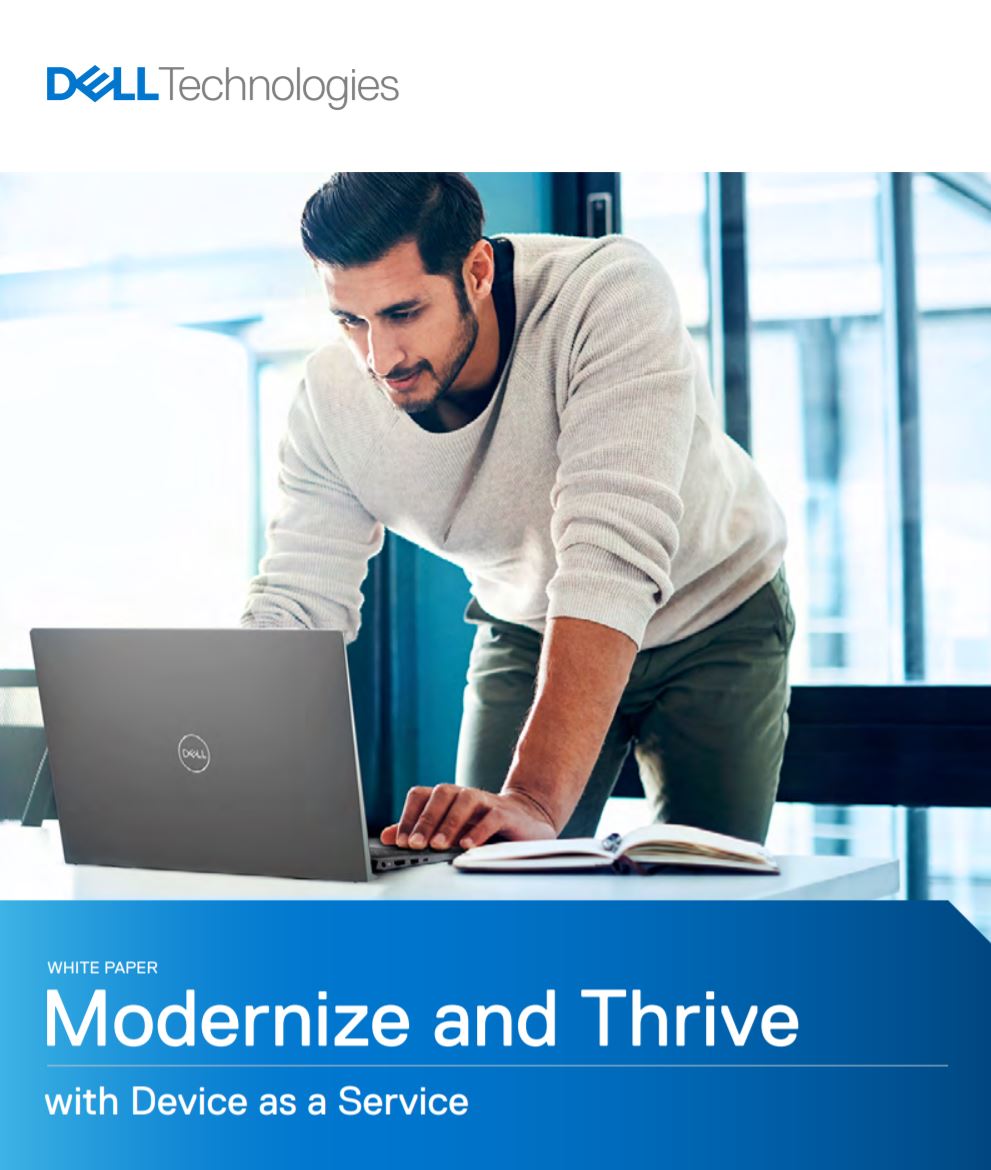
Modernise and thrive with Device-as-a-Service
Improving end-user experience through modernisation
VDI, as you’d expect, helps enable virtual desktops through a server and implementation requires you to manage all areas of the infrastructure yourself. This includes the hardware, operating systems, applications and associated software. Any issues that may arise, from software patches to hardware replacement, are your responsibility.
DaaS offers all the benefits of VDI, minus the hassle. It’s a cloud-based service under which third-party service providers supply and administer VDI-based virtual desktops. Organizations don’t need a server and data center to access a virtual desktop using DaaS. A trusted provider configures, manages and checks on the platform as required.
Cost
VDI platforms have a high deployment cost, as an organization must find space for a data center, purchase or lease hardware and accessories and manage a host of other associated costs. There is also the cost of the ongoing support the VDI will need.
DaaS providers take on tall the virtual desktop setup costs, and organizations need little or no expertise to manage the infrastructure. This might seem cost-effective, but the expenses not only include a base fee, but there will be ongoing subscription fees that’ll increase relative to the number of users you have.
Accessibility
No matter what platform you use, you should be able to use just about any device to access files from anywhere. This could, however, be impacted by a lack of internet. Internet connectivity is never an issue for VDI platforms as files are stored on a local server. This means employees can access them, with or without being connected to the internet.
However, a stable internet connection is required for DaaS to access a virtual desktop, since it’s hosted on a remote server.
Data back up
To ensure business continuity, it’s undeniably vital that you back up your data. When faced with a cyber attack, the ability to retrieve data copies is paramount. A backup server comes at an additional price with VDI.
To ensure prompt data recovery, many DaaS providers back up data on redundant or reserved servers. Backup servers can also help recover files that were accidentally deleted. Registered members on the DaaS subscription list will also be able to access file additions or updates once they are synched.
The way forward
Virtual desktop deployment has become increasingly important, especially as remote working has rapidly evolved from a nice-to-have perk to a necessity. It is substantially less challenging with virtual desktops to concentrate on core business operations instead of IT issues.
Moreover, large technology organisations now offer VDI and DaaS solutions, like IT giants Microsoft, HP, Citrix, and VMware. As more companies adopt cloud computing for data management, the offering will only improve.
VDI is also a natural fit for enterprise-level file storage and sharing, thanks to its ability to keep everything in-house. The duration of service, type of business, and size of the company, however, play a role too.
For small and medium-sized businesses or startups with a lighter workforce, DaaS can be exceedingly beneficial.
VDI and DaaS systems look, interestingly, one and the same from an end user’s perspective. Selecting one of the platforms is a tradeoff between return on investment and manageability.
-
 Bigger salaries, more burnout: Is the CISO role in crisis?
Bigger salaries, more burnout: Is the CISO role in crisis?In-depth CISOs are more stressed than ever before – but why is this and what can be done?
By Kate O'Flaherty Published
-
 Cheap cyber crime kits can be bought on the dark web for less than $25
Cheap cyber crime kits can be bought on the dark web for less than $25News Research from NordVPN shows phishing kits are now widely available on the dark web and via messaging apps like Telegram, and are often selling for less than $25.
By Emma Woollacott Published
-
 Create in VR: The beginner's guide
Create in VR: The beginner's guidewhitepaper Five creative challenges VR can help you solve
By ITPro Last updated
-
 Virtual reality for work: The ultimate guide
Virtual reality for work: The ultimate guidewhitepaper Six ways virtual reality is changing the future of work
By ITPro Published
-
 Anatomy of a good meeting
Anatomy of a good meetingWhitepaper And how to eliminate horrid hybrids
By ITPro Published
-
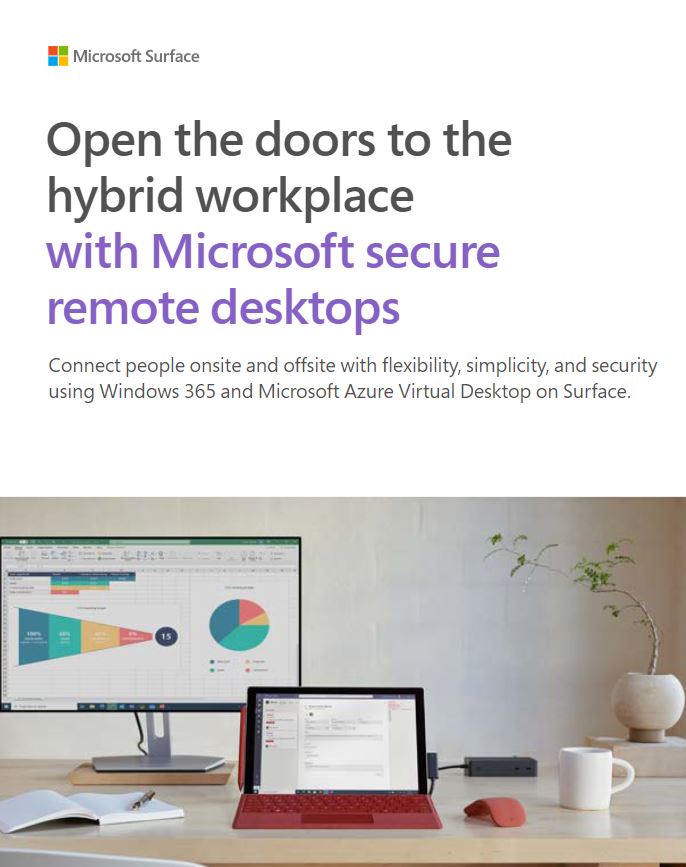 Open the doors to the hybrid workplace with Microsoft secure remote desktops
Open the doors to the hybrid workplace with Microsoft secure remote desktopsWhitepaper Connect people onsite and offsite with flexibility, simplicity, and security
By ITPro Published
-
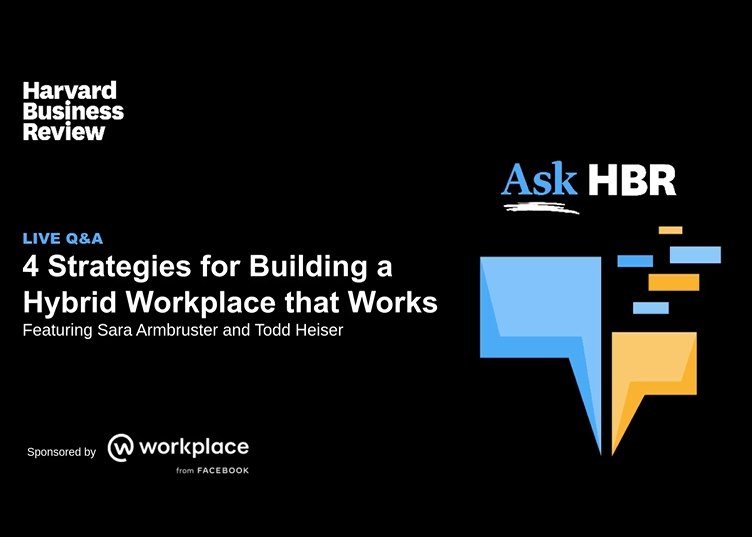 Four strategies for building a hybrid workplace that works
Four strategies for building a hybrid workplace that worksWhitepaper All indications are that the future of work is hybrid, if it's not here already
By ITPro Published
-
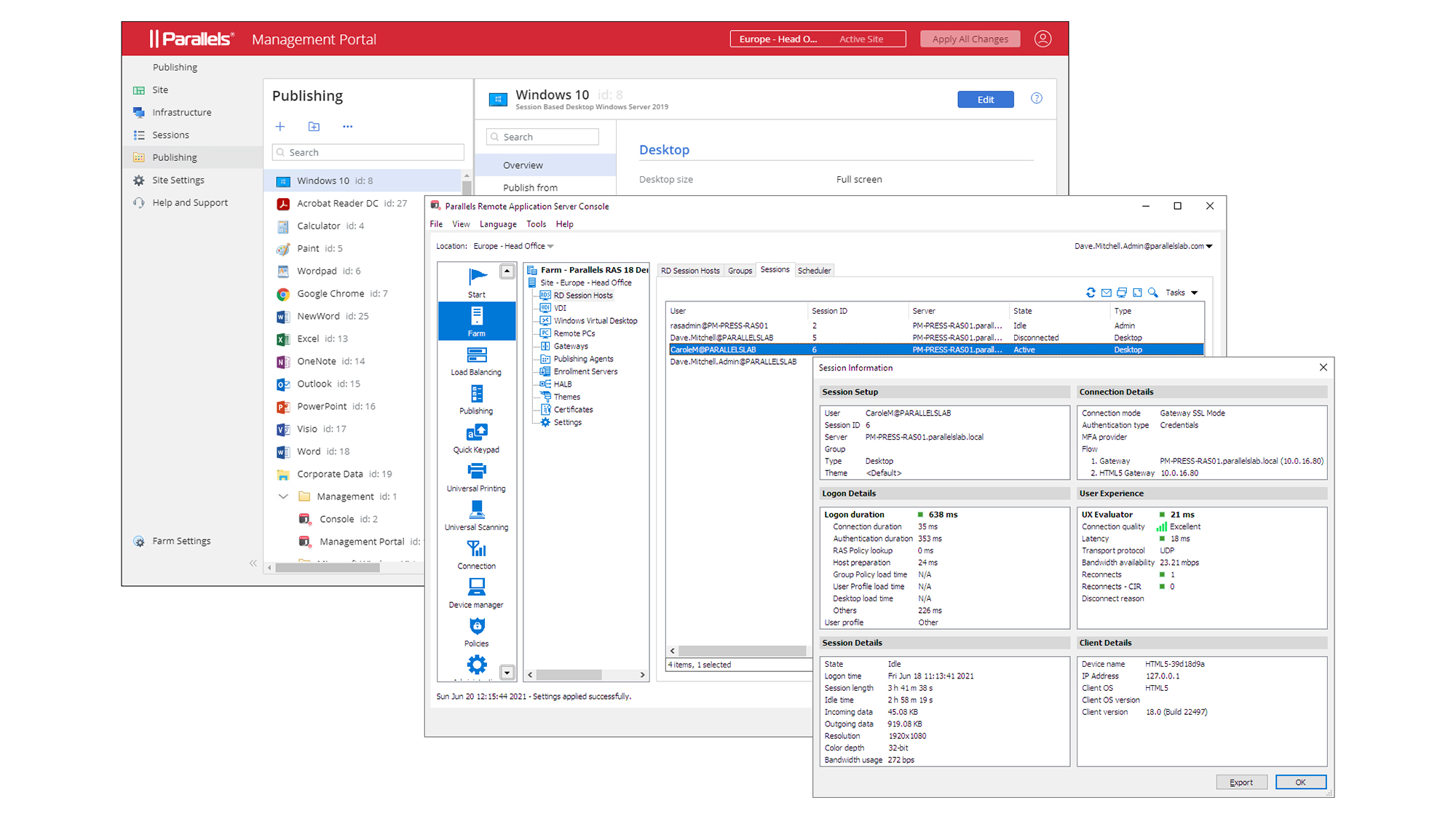
 Parallels Remote Application Server 18 review: An ideal hybrid working environment
Parallels Remote Application Server 18 review: An ideal hybrid working environmentReviews An affordable and secure VDI solution that’s easy to set up and perfectly poised for remote working
By Dave Mitchell Published
-
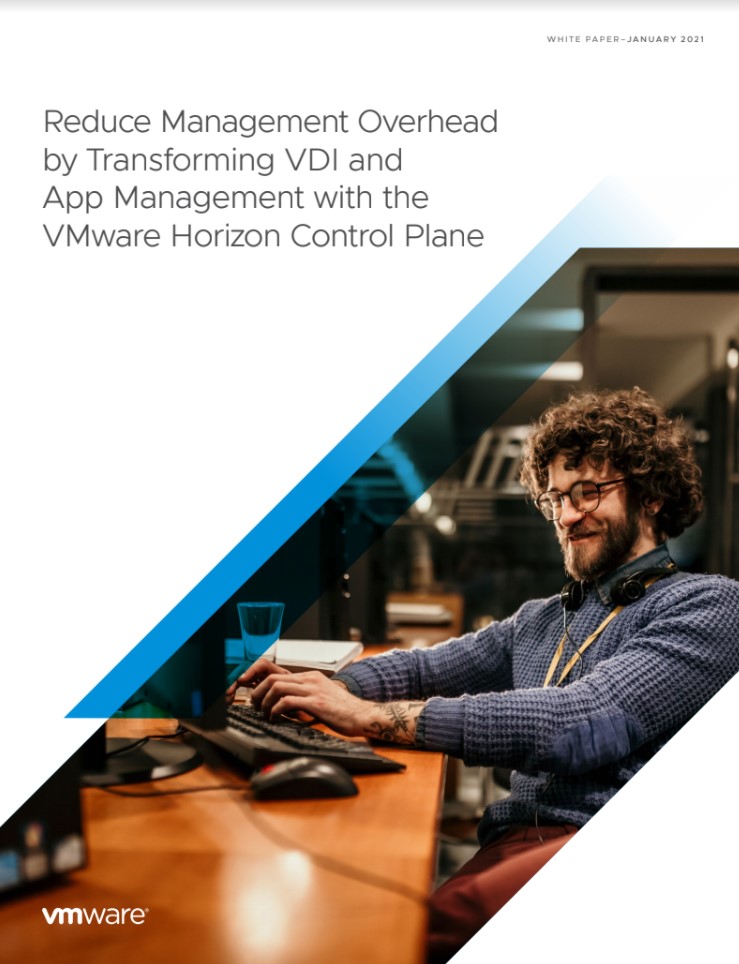 Reduce management overhead by transforming VDI and app management
Reduce management overhead by transforming VDI and app managementWhitepapers How to support a distributed workforce with VMware Horizon Control Plane
By ITPro Published
-
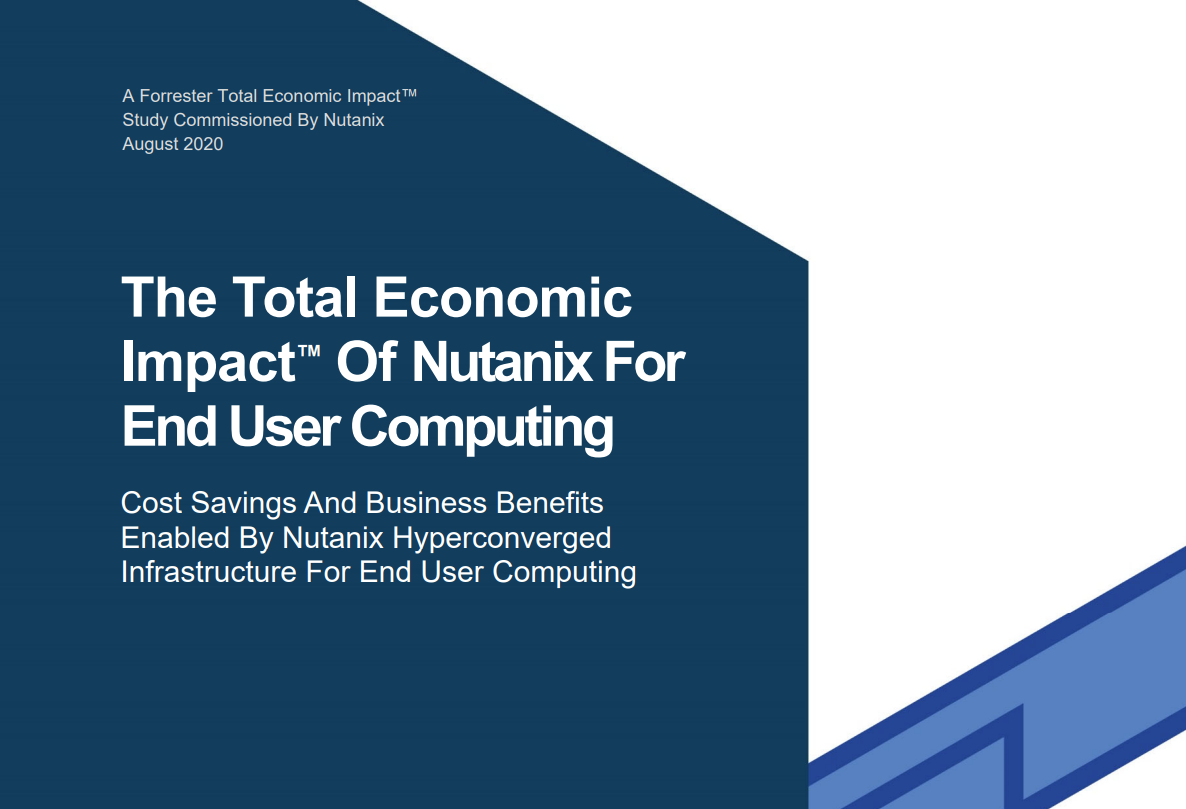 The total economic impact of Nutanix for end user computing
The total economic impact of Nutanix for end user computingWhitepaper Cost savings and business benefits enabled by Nutanix HCI for end user computing
By ITPro Published